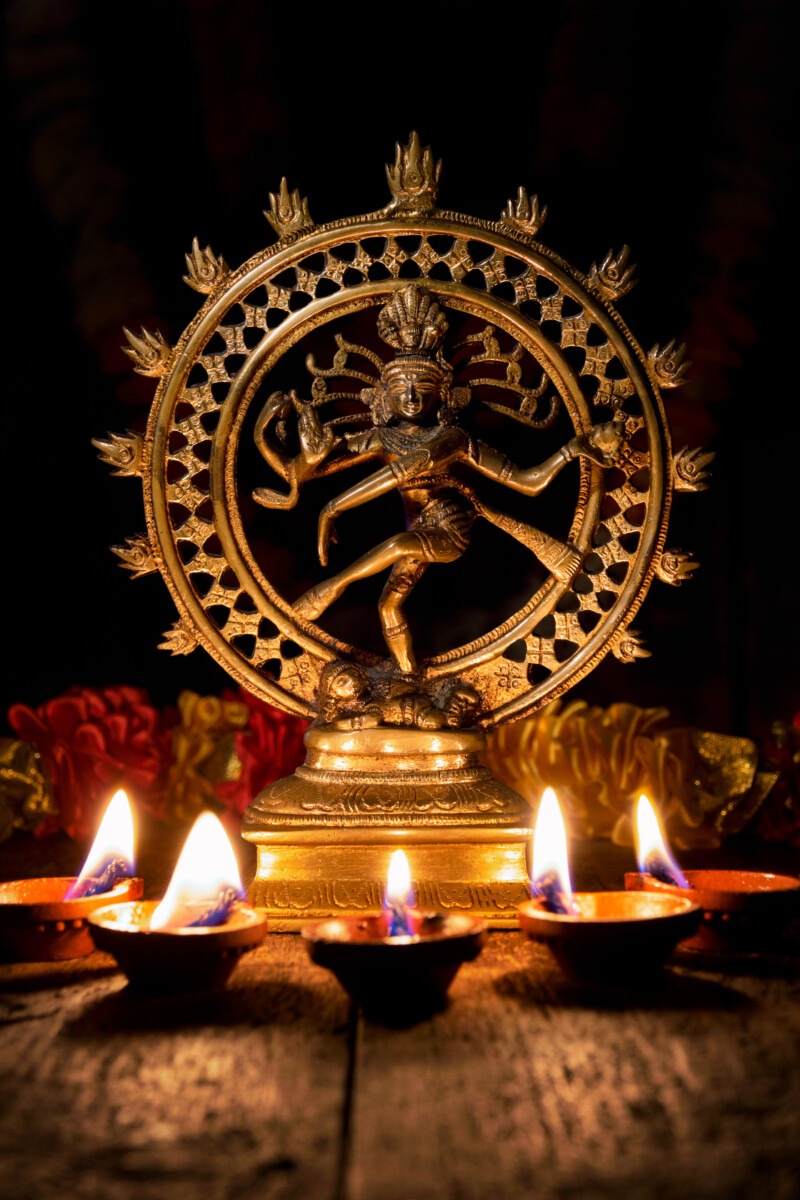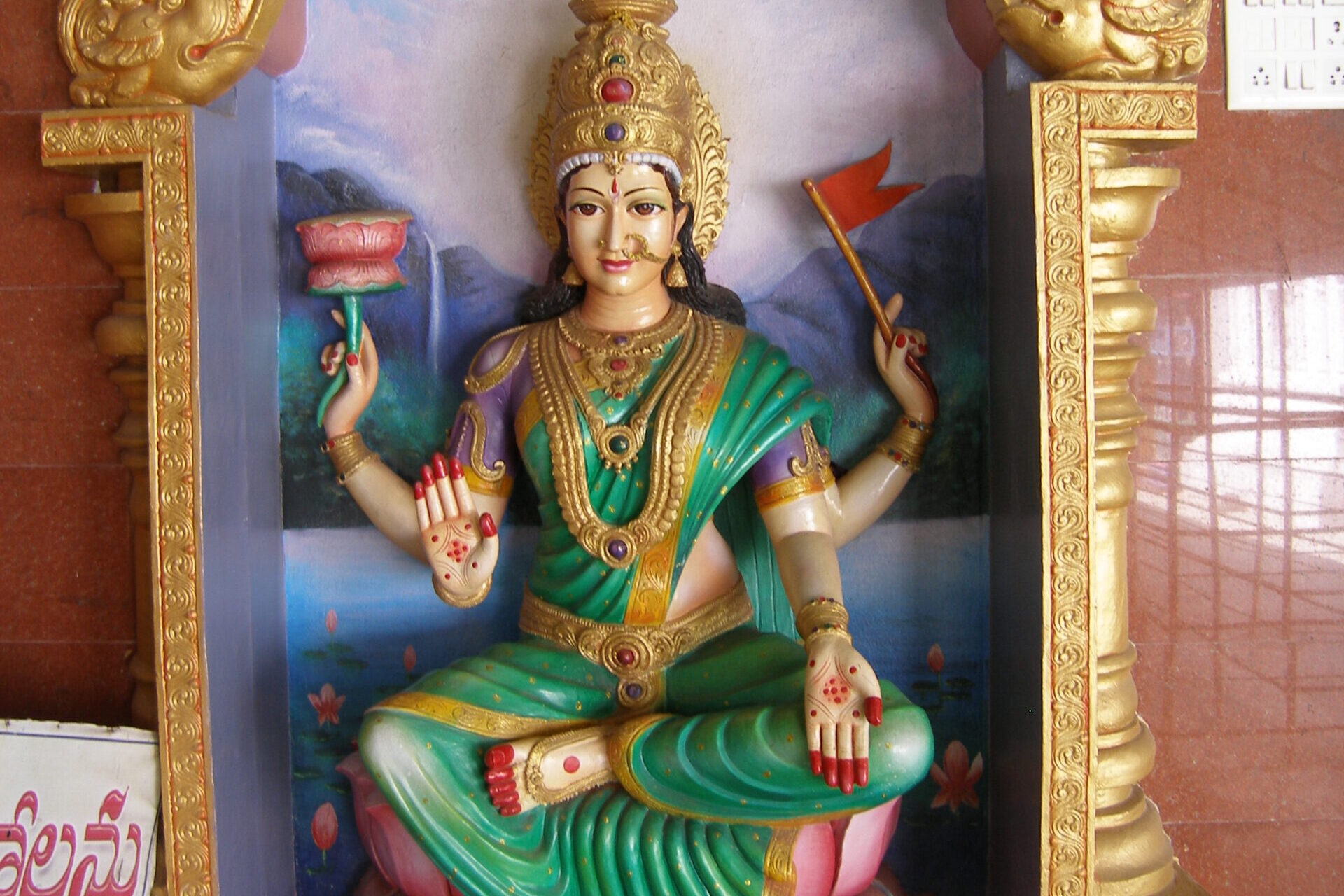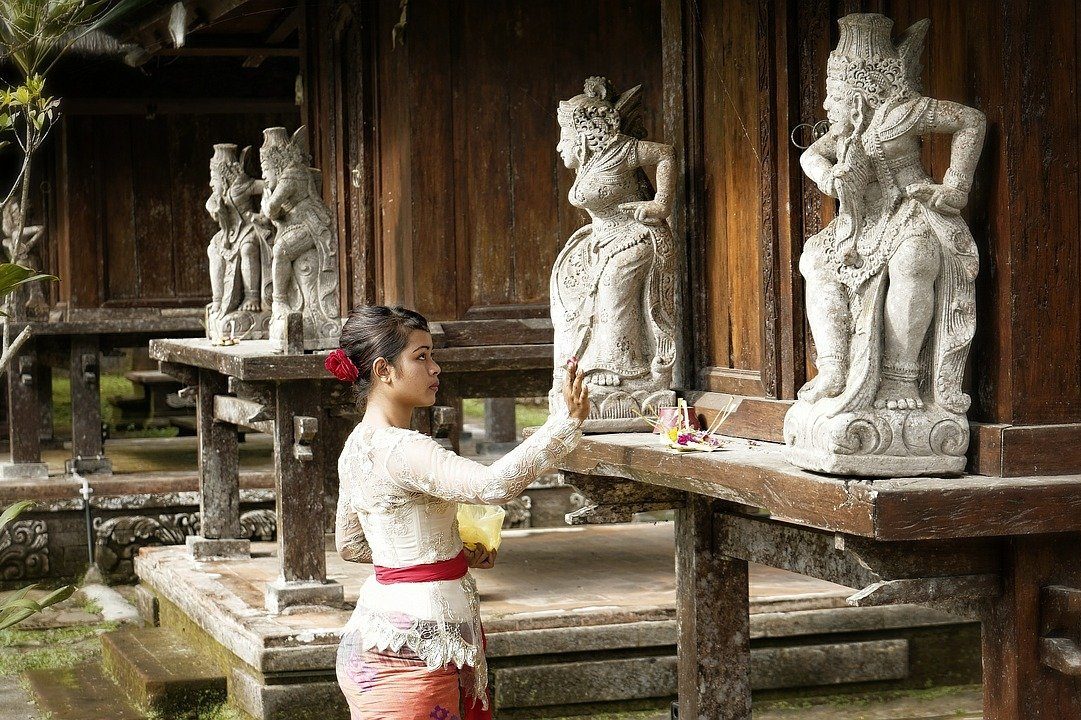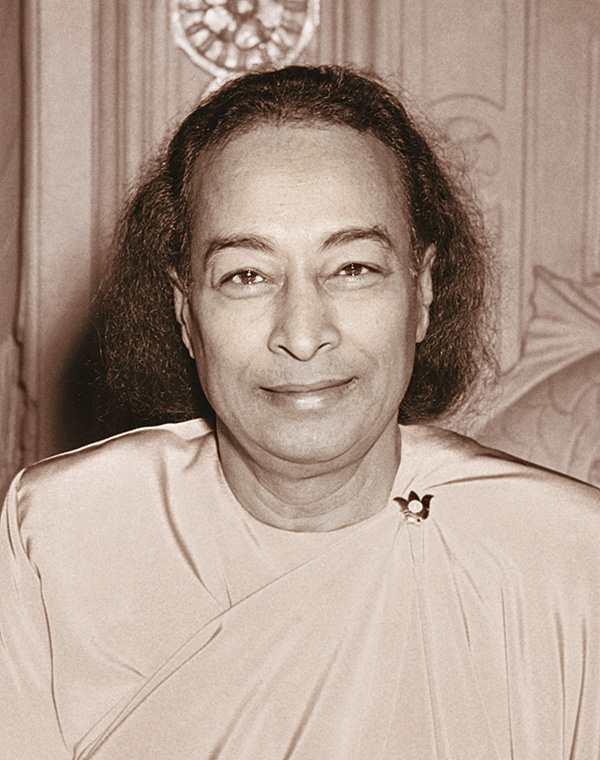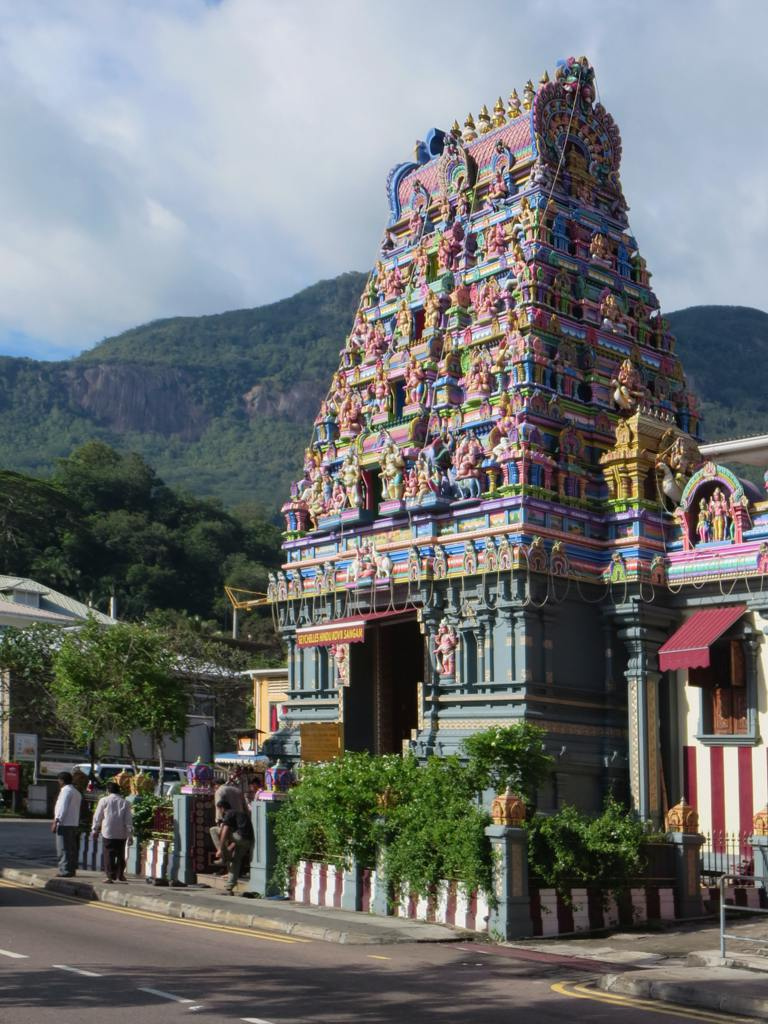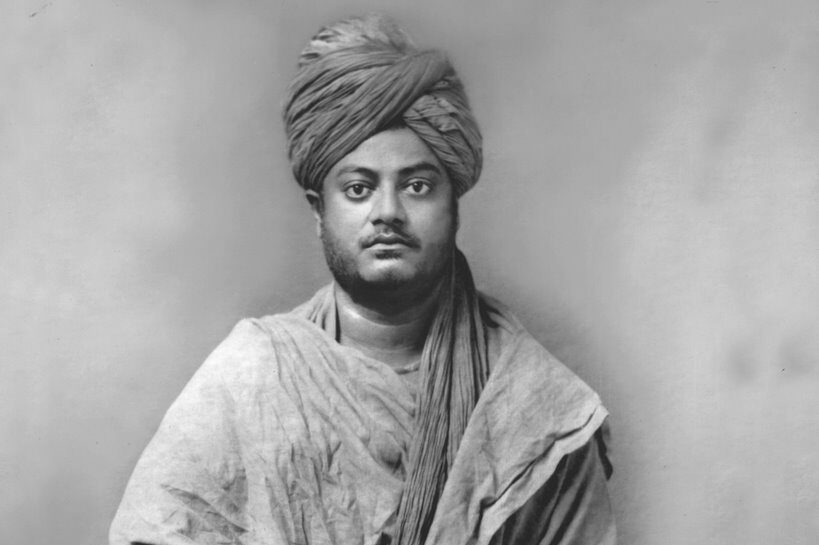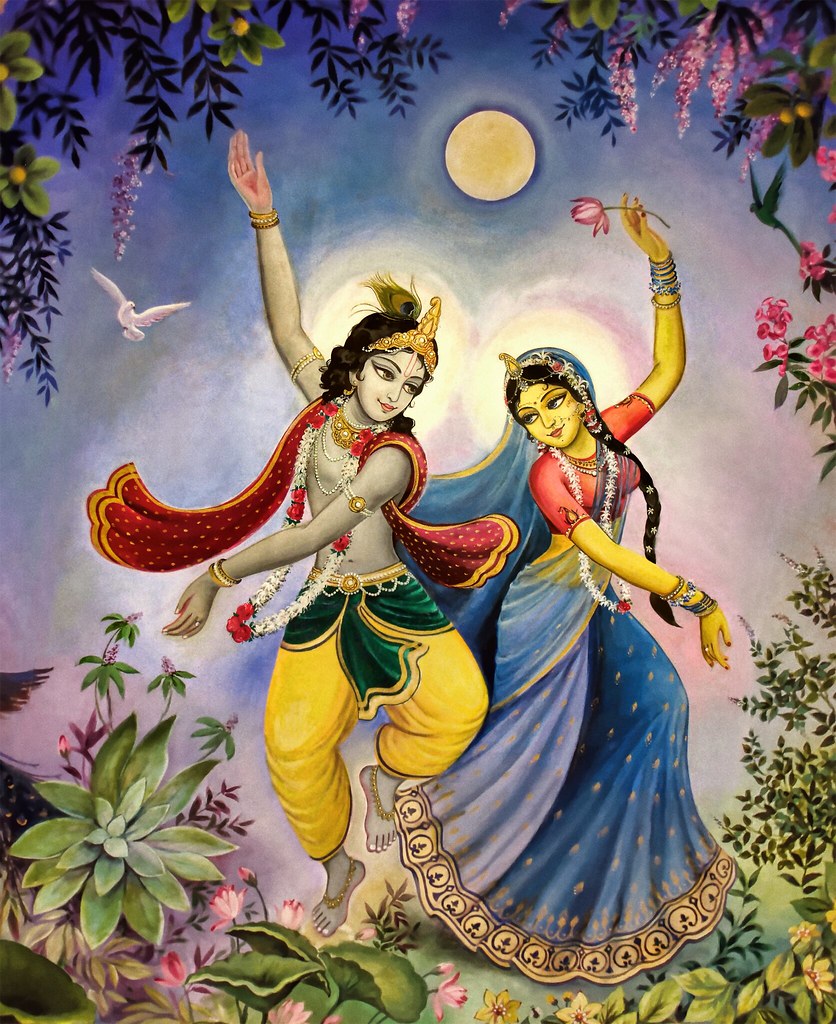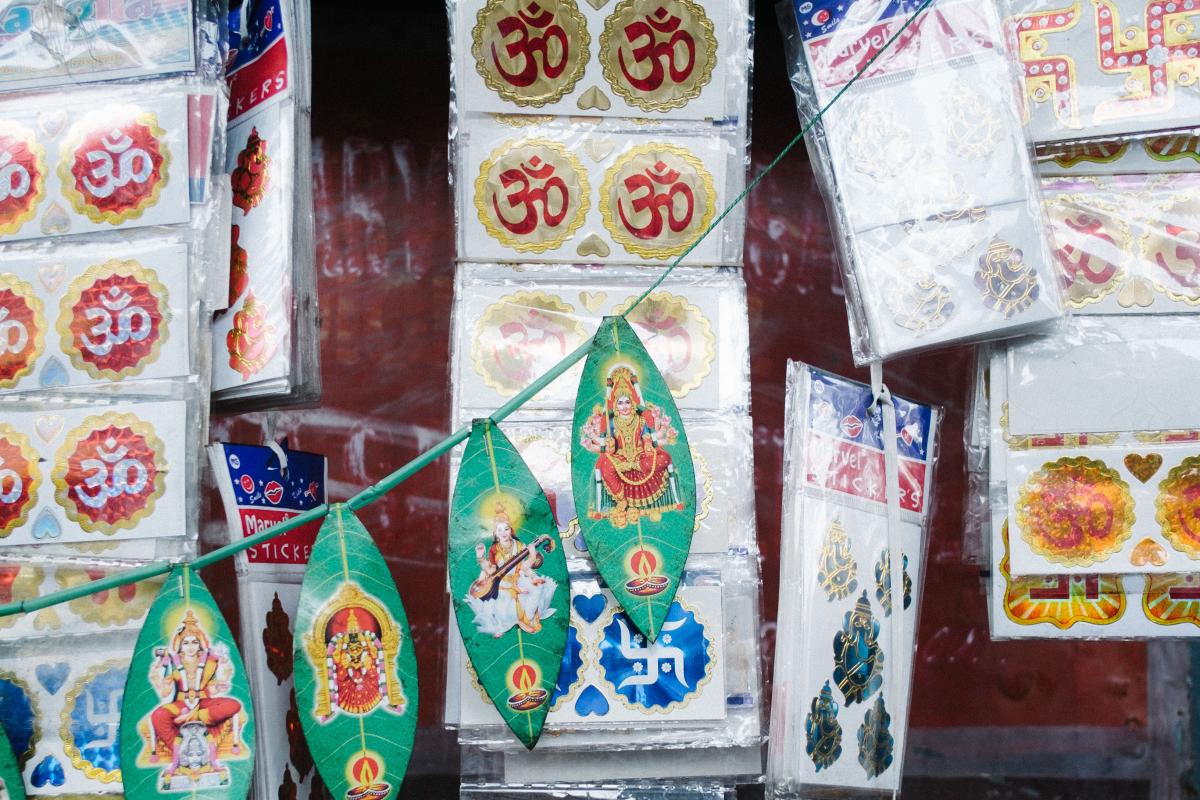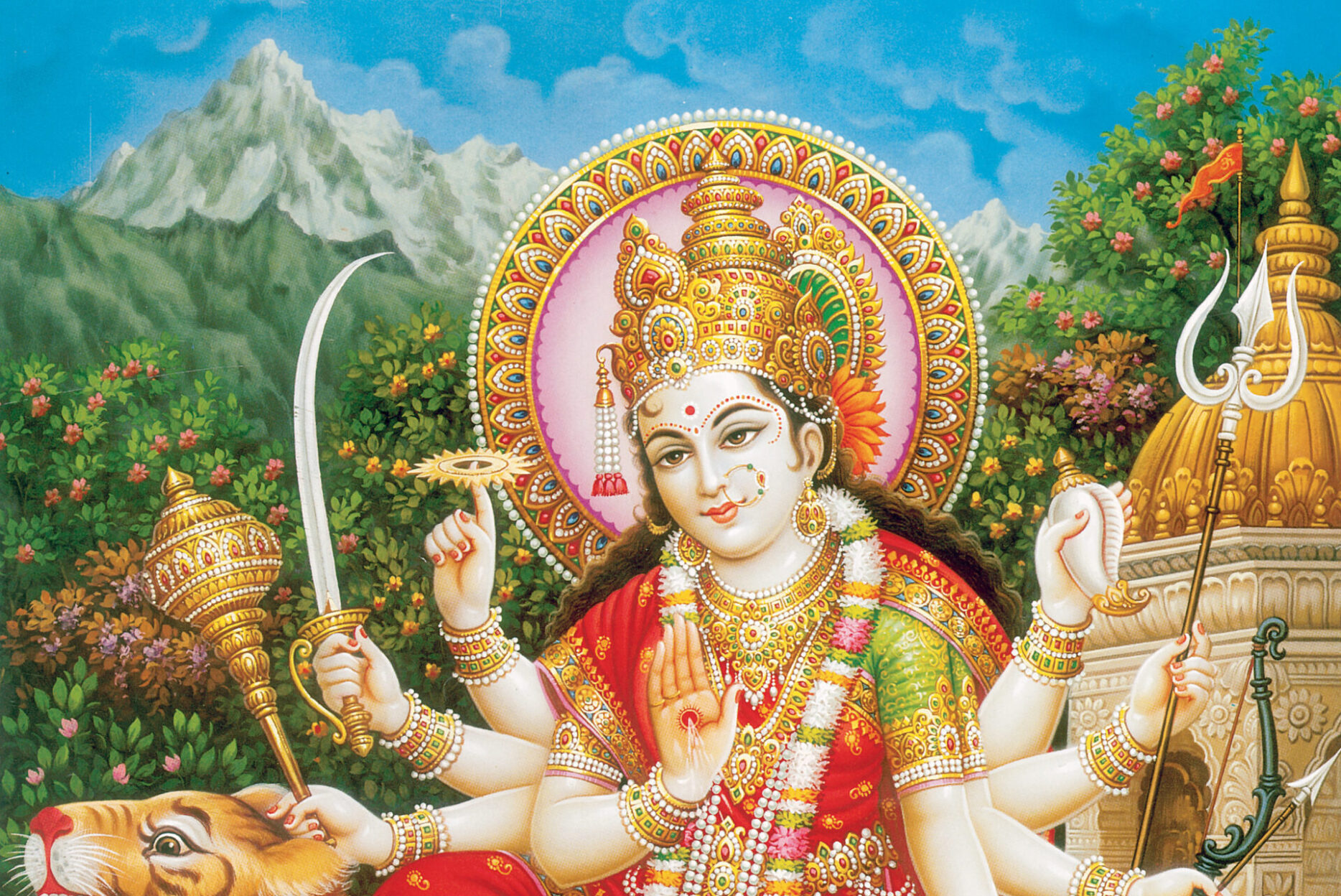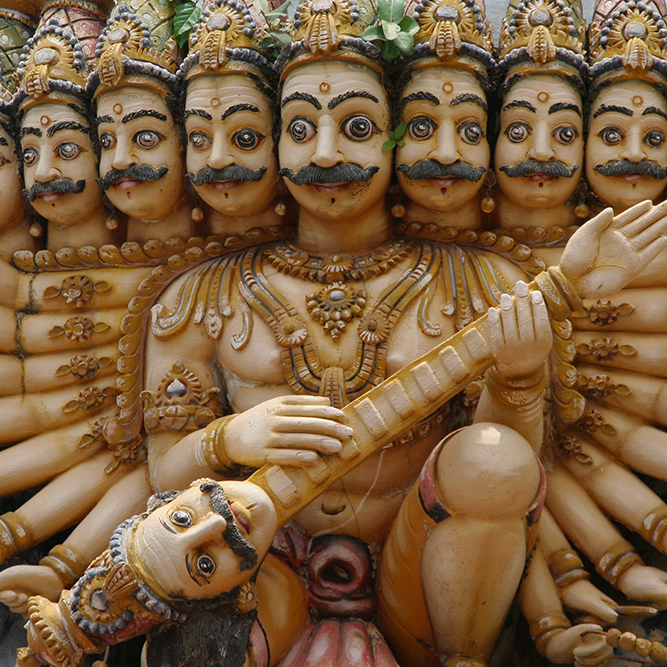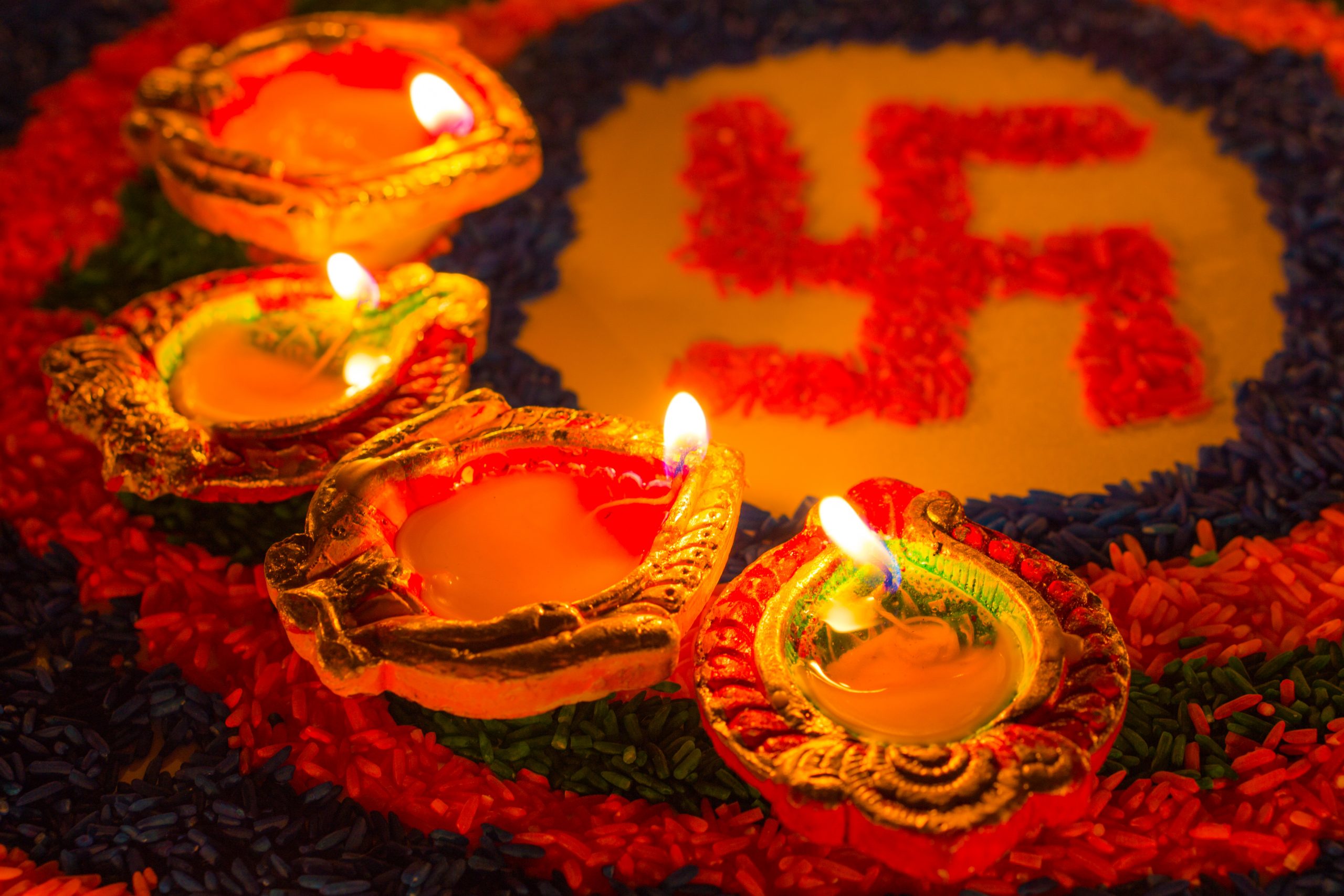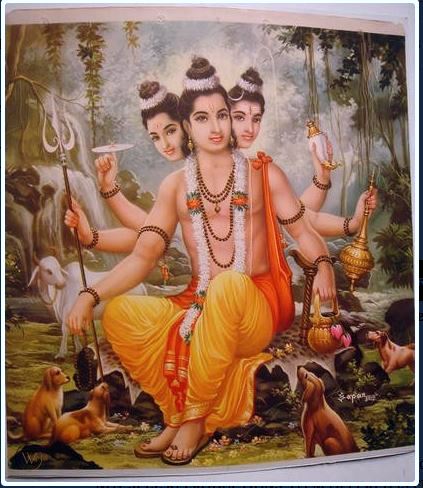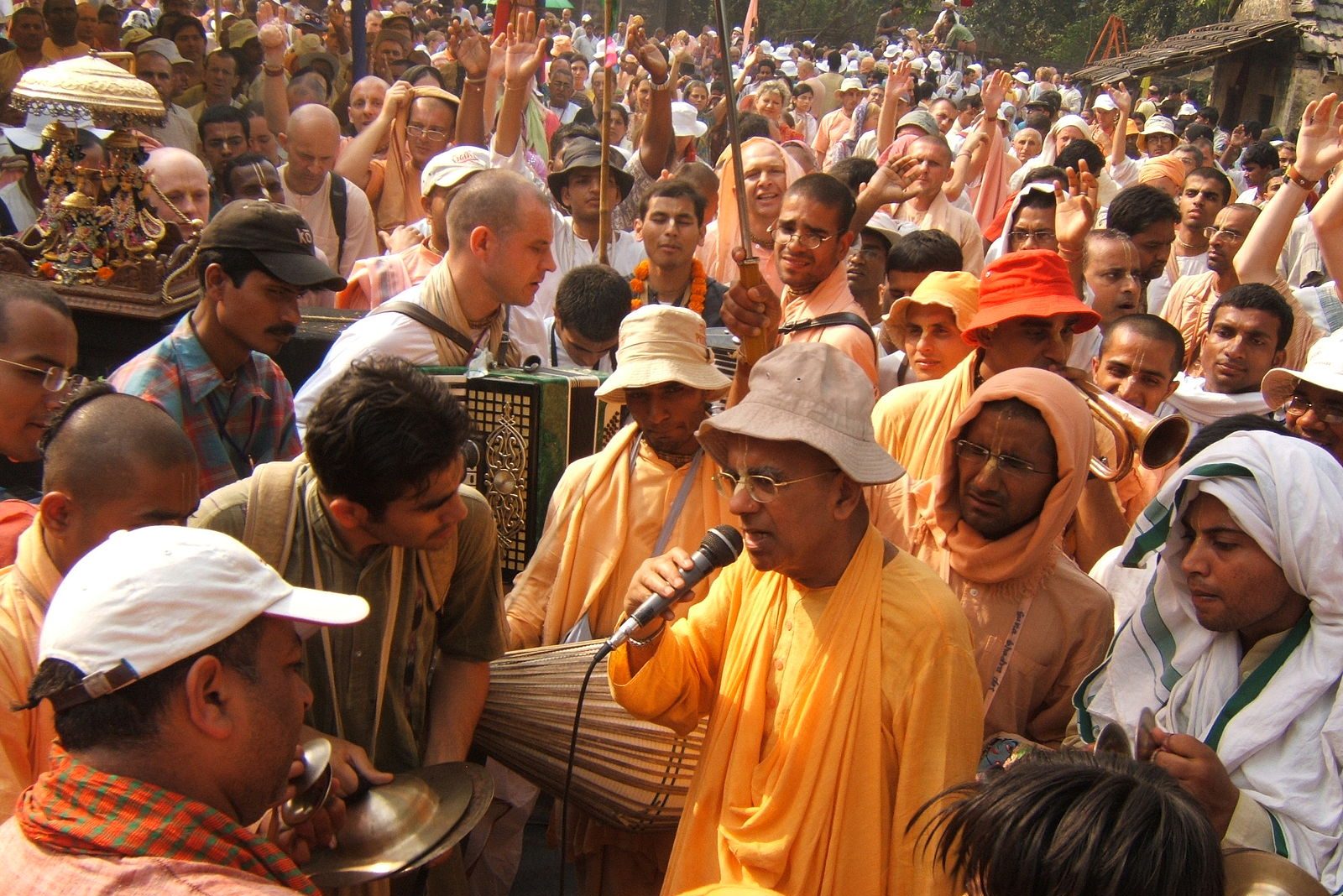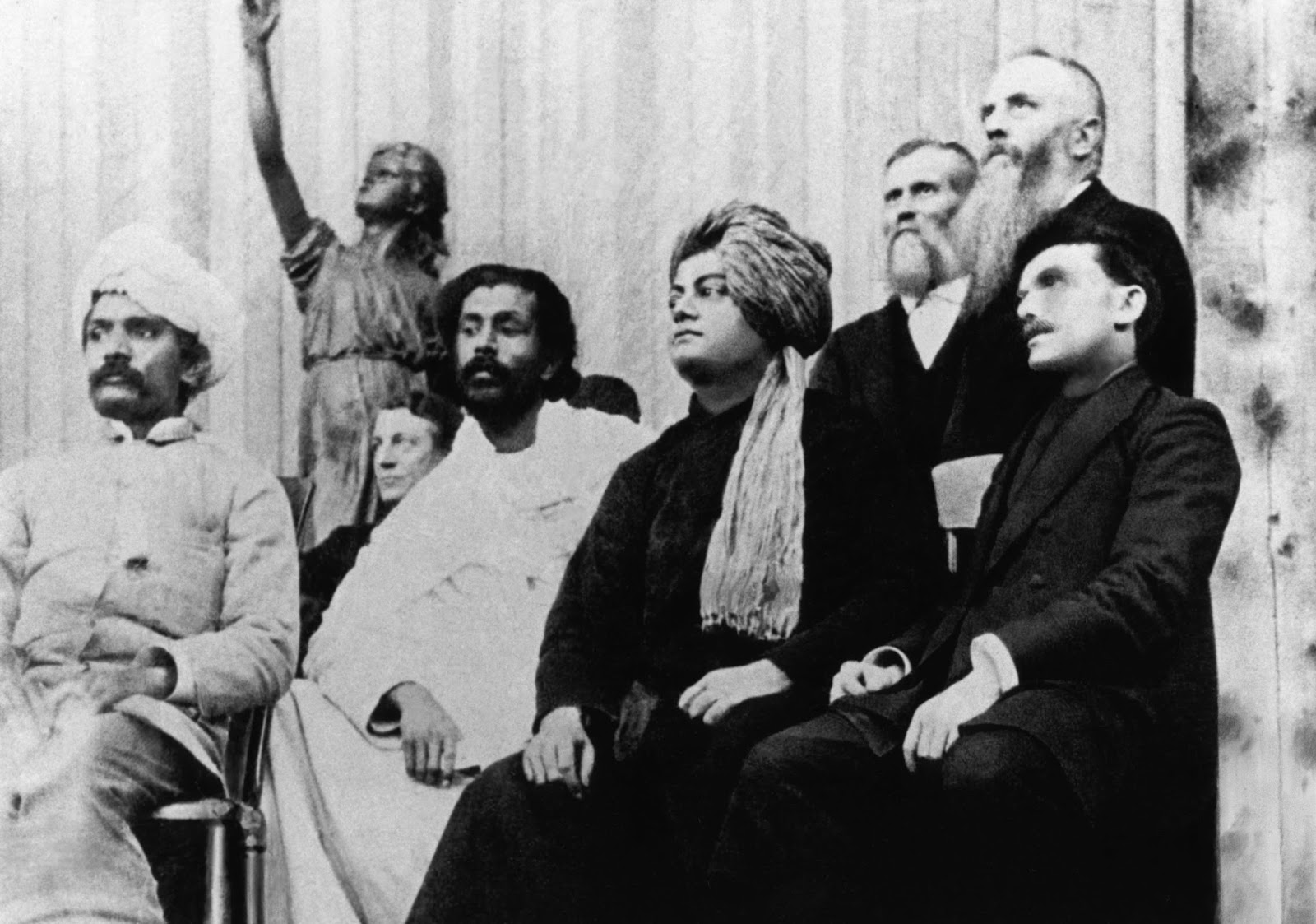What do Hindus believe? Who do they follow? What do they follow?
If you’re part of the Hindu community, you know that clarifying the answers to such questions isn’t exactly a walk in the park. Like a game of whack-a-mole, in fact, it feels as though countless misperceptions continue to arise, despite great efforts over the years to dispel them.
For those of us who are in the business of whacking these moles, we can continue doing so, hoping something will click one day, enabling the public to better grasp our explanations. But as the saying goes, “Doing the same thing over and over and expecting different results is the mark of insanity.” So if we hope to make progress, it’s time we put the mallet down and start taking a different approach, one that has less to do with how the Hindu Dharmas are viewed, and more with the lense through which they’re being presented: the language of Christian colonialism.
Just as the picture of a tiger can never accurately convey the likeness of a lion, the vernacular of one religious tradition can never accurately convey the essence of another. In an attempt to address this issue, we at the Hindu American Foundation are exploring the background of certain English translations of Sanskrit words commonly used when talking about or explaining the Hindu Dharmas. Words that were but approximations by colonizers who were motivated to distort them, and thus fail to serve as definitional equivalents while also staying true to their intended concepts.
Today’s word is “idol”.” Check it out.
Where does the word “idol” originate from?
When you google “idol,” the first definition that comes up is from the Merriam Webster Dictionary, appearing as “an object of extreme devotion.”
Derived from the Latin translation of a Greek word indicating “form,” “likeness,” or “shape,” on the surface, the word seems rather innocuous. And to be fair, it started that way, used by philosophers like Plato in their explorations of perception versus reality.
As the Greeks grew more and more Christianized, however, it became less benign, taking on a religious context used to indicate “false gods,” “false apparitions,” or “magic.” Though it may today conjure up amiable images of American Idol, it carries a slew of connotations, including those that are deeply doctrinal and sectarian.
Why should we avoid using “idol” as a translation for murti or vigraha?
Definitionally, “idol” works as a translation for murti or vigraha, as the Sanskrit terms indeed indicate “form,” “likeness,” or “shape,” in tow with every ancient culture that highlighted the value of physical symbols to make universal ideas more accessible. Carrying the Christian connotation of falsehood and derision, however, it’s conceptually problematic, wielded throughout history to discredit, distort, and demolish Hindus, Jains, Buddhists, and Sikhs.
For the dignity and protection of all dharmic faiths, therefore, it’s best to avoid the word’s usage in all respects, for even today there are schools in Bangladesh where children are taught the “evil” of idols and their “worship,” and the necessity of eradicating or converting those who venerate them.
What’s an alternative word we can use and why should we use it instead?
Finding the right word for murti or vigraha can be tricky in that, like “idol,” you often run into issues of concept, albeit less sinister.
“Embodiment,” for example, matches really well definitionally, yet is a little vague, lacking philosophical clarity and emphasis on why, in the Hindu pantheon, there are so many of them. You can take a more tangible approach with words like “statue” and “sculpture,” but more often than not they’ll conjure in people’s minds figures found in gardens or museums rather than a sense of Divinity. And while “deity” seems to solve this problem, it doesn’t necessarily compute with the culturally unfamiliar.
Then there’s abstract options like “representation,” “symbol,” or “image.” Broad, however, as they are, there’s no telling what they could be referring to, be it something spiritual or utterly arbitrary, like an emoji. Of course, you could place “sacred” in front of them as a specifier, and that would work well enough, though still, they are but approximations, falling somewhat flat.
Thus, you’re left with just one word that truly hits the mark. One word, despite all the dicey nuances, that actually does the Sanskrit justice: “icon.”
Yes, on the mundane level, it may induce thoughts of the apps on our smartphones, but beyond such flickering impressions, in the realm of the divine, it refers to sacred pictures, statues, and other symbols of veneration. And even if its religious usage began within the Christian context, because it’s never been employed as a weapon of spiritual violence and derision, it harbors no harmful connotations.










